Home » DC Servo Motor » DC Servo Motor Control: Parameter Extraction, Controller Architecture
DC Servo Motor Control: Parameter Extraction, Controller Architecture
Some methods for model parameter extraction necessary for accurate control of DC servo motor, controller architectures, as well as existing hardware that deploys some of the technology will be reviewed.
Controller Architecture
When choosing a servo motor, it is important to have a good understanding of the system to be controlled. In DC servo motor operation, the control algorithm is paramount to the improvement of transient response times reduction of steady-state errors, and sensitivity to load parameters.
Servo control can generally be broken down into two classes of problems: Command tracking and disturbance rejection. The first pertains to how well the actual motion follows the position, velocity, acceleration, and torque commands. The second can include anything from torque disturbance on the motor shaft to supply voltage variations.
PID (Proportional Integral and Derivative) and PIV (Proportional Integral and Velocity) loops are the most common controller strategies employed. Unlike Feed-Forward control, which can anticipate the internal commands for zero error following, disturbance rejection reacts to unknown disturbances and modeling errors. To improve the overall performance, both of these control types can be combined.
PID
Typical servo motion controller topology is depicted in Fig. 2.1. G(s) represents the all of DC servo motor driver transfer function. A servo drive receives a signal command that represents a motor current. The following equation relates motor shaft torque T with motor armature current I by a torque constant factor Kt.
The parameters for the motor are the rotor and load moment of inertia J, viscous friction constant (dampening) b, and torque constant factor Kt. The actual position θ(s) can be measured by an encoder coupled to the motor shaft. Td models the load disturbance while θr(s) represents the desired position command.

The PID operates on the position error and outputs a torque command to the servo driver. Three gains need to be adjusted in the PID controller (Kp, Ki and Kd). They act on the error between the desired and present position.
The signal output from the PID is
The ways of selecting the gains for the PID controller can be accomplished by, following the Ziegler and Nichols method based on setting Ki and Kd to zero, analyzing the system's step response while slowly increasing Kp until the shaft position oscillates and recording both Kp and the oscillation frequency. That data can then be used to calculate the final values of Kp and Ki and Kd. This last approach doesn't usually yield many benefits to a high-performance servo system. The settling time can generally be further improved.
PIV
An easier-to-tune alternative to the PID that has a better predicted system response is the PIV topology (Fig. 2.2). This controller combines a position and velocity loop. A velocity correction command results from the position error multiplied by Kp. Ki now operates directly on the velocity error as opposed to the position error in the PID. Kd is replaced by Kv.
To accurately use this topology, a good knowledge of the motor velocity is required. To tune this system, two control parameters are needed: The bandwidth (BW) and damping ratio(ζ ). An estimate of the rotor and load moment of inertia j and damping constant b are also required. Higher bandwidth is related to quicker rise and settling times while damping pertains mainly to overshoot. The Kp, Ki and Kv, constants can be calculated from equations 2.4, 2.5 and 2.6.
Feed-Forward
To accomplish near-zero following and tracking errors, feed-forward is often used in combination with a PID or PIV loop. For this topology, the controller needs access to a position θr(s), velocity ωr(s), and acceleration αr(s) commands (Fig. 2.3). Total inertia and damping ration estimates should also be available.
To calculate the estimated torque needed to make the desired motion, equation 2.7 is used.
Feed-forward control reduces settling time and minimizes overshoot. In any case, to increase the velocity estimation accuracy, an encoder with enough resolution for the feedback is also required.
Parameter Estimation
RC servo motors are comprised of three main components: a DC motor, driving circuitry with a potentiometer encoder for position feedback, and a gear reduction system. When modeling the controller, certain parameters from the DC motor need to be appropriately measured or estimated for improved control. They can be extracted from the transitory response to a step on the input and steady-state response for different input voltages. The model in Fig. 2.4 can be defined by equation 2.8, where ia is the armature current and the voltage V is the sum of the voltage drop across the equivalent resistance R, equivalent inductance L, and back electromotive force e.
Equation 2.9 shows the resulting torque Tr as it relates to the developed torque Td, static friction torque Tc and viscous friction bθ.
The following equations express the relationship between developed torque Td and current ia (2. 10), back electromotive force e and angular velocity ω(2.11), and load torque TL with the moment of inertia J and angular acceleration ω (2.12).
From these equations, we can obtain the angular acceleration ω which can then be discretized into where △T is the sampling time.
Equation 2.15 can then be attained by minimizing the sum of the absolute error between the estimated (2.14) and actual transitory response, assuming zero inductive voltage drop across L and initial known values of Tc and K.
Where:
In steady state ω=c/d resulting in:
Controller Architecture
When choosing a servo motor, it is important to have a good understanding of the system to be controlled. In DC servo motor operation, the control algorithm is paramount to the improvement of transient response times reduction of steady-state errors, and sensitivity to load parameters.
Servo control can generally be broken down into two classes of problems: Command tracking and disturbance rejection. The first pertains to how well the actual motion follows the position, velocity, acceleration, and torque commands. The second can include anything from torque disturbance on the motor shaft to supply voltage variations.
PID (Proportional Integral and Derivative) and PIV (Proportional Integral and Velocity) loops are the most common controller strategies employed. Unlike Feed-Forward control, which can anticipate the internal commands for zero error following, disturbance rejection reacts to unknown disturbances and modeling errors. To improve the overall performance, both of these control types can be combined.
PID
Typical servo motion controller topology is depicted in Fig. 2.1. G(s) represents the all of DC servo motor driver transfer function. A servo drive receives a signal command that represents a motor current. The following equation relates motor shaft torque T with motor armature current I by a torque constant factor Kt.
T=KtI
The parameters for the motor are the rotor and load moment of inertia J, viscous friction constant (dampening) b, and torque constant factor Kt. The actual position θ(s) can be measured by an encoder coupled to the motor shaft. Td models the load disturbance while θr(s) represents the desired position command.

e(t)= θr(s)-θ(s)
The signal output from the PID is
u(t)=Kp×e(t)+Ki×∫×e(t)×δt+Kd×d/dt×e(t)
The ways of selecting the gains for the PID controller can be accomplished by, following the Ziegler and Nichols method based on setting Ki and Kd to zero, analyzing the system's step response while slowly increasing Kp until the shaft position oscillates and recording both Kp and the oscillation frequency. That data can then be used to calculate the final values of Kp and Ki and Kd. This last approach doesn't usually yield many benefits to a high-performance servo system. The settling time can generally be further improved.
PIV
An easier-to-tune alternative to the PID that has a better predicted system response is the PIV topology (Fig. 2.2). This controller combines a position and velocity loop. A velocity correction command results from the position error multiplied by Kp. Ki now operates directly on the velocity error as opposed to the position error in the PID. Kd is replaced by Kv.
To accurately use this topology, a good knowledge of the motor velocity is required. To tune this system, two control parameters are needed: The bandwidth (BW) and damping ratio(ζ ). An estimate of the rotor and load moment of inertia j and damping constant b are also required. Higher bandwidth is related to quicker rise and settling times while damping pertains mainly to overshoot. The Kp, Ki and Kv, constants can be calculated from equations 2.4, 2.5 and 2.6.
Kp=(2πBW)/(2ζ+1) , (s-1)
Ki =(2πBW)2(1+2ζ)j, (Nm rad-1)
Kv=(2πBW)[(1+2ζ)]-b, (Nm rad-1s)
Ki =(2πBW)2(1+2ζ)j, (Nm rad-1)
Kv=(2πBW)[(1+2ζ)]-b, (Nm rad-1s)
Feed-Forward
To accomplish near-zero following and tracking errors, feed-forward is often used in combination with a PID or PIV loop. For this topology, the controller needs access to a position θr(s), velocity ωr(s), and acceleration αr(s) commands (Fig. 2.3). Total inertia and damping ration estimates should also be available.
To calculate the estimated torque needed to make the desired motion, equation 2.7 is used.
U(s) = [αr(s)]+[ωr(s)]
Feed-forward control reduces settling time and minimizes overshoot. In any case, to increase the velocity estimation accuracy, an encoder with enough resolution for the feedback is also required.
Parameter Estimation
RC servo motors are comprised of three main components: a DC motor, driving circuitry with a potentiometer encoder for position feedback, and a gear reduction system. When modeling the controller, certain parameters from the DC motor need to be appropriately measured or estimated for improved control. They can be extracted from the transitory response to a step on the input and steady-state response for different input voltages. The model in Fig. 2.4 can be defined by equation 2.8, where ia is the armature current and the voltage V is the sum of the voltage drop across the equivalent resistance R, equivalent inductance L, and back electromotive force e.
V=Ria+L(∂×ia/∂t)+e
Equation 2.9 shows the resulting torque Tr as it relates to the developed torque Td, static friction torque Tc and viscous friction bθ.
Tr =Td-bθ-Tc
The following equations express the relationship between developed torque Td and current ia (2. 10), back electromotive force e and angular velocity ω(2.11), and load torque TL with the moment of inertia J and angular acceleration ω (2.12).
Td=Kia
e=Kω
Tc=Jω
e=Kω
Tc=Jω
From these equations, we can obtain the angular acceleration ω which can then be discretized into where △T is the sampling time.
ω=(Kia- Tc -bω)/J
ω(k)=ω(k-1)+△T [Kia(k-1)-Tc-bω(k-1)]/J
ω(k)=ω(k-1)+△T [Kia(k-1)-Tc-bω(k-1)]/J
Equation 2.15 can then be attained by minimizing the sum of the absolute error between the estimated (2.14) and actual transitory response, assuming zero inductive voltage drop across L and initial known values of Tc and K.
Jω=K/R(V-Kω)-bω-Tc
Solving 2.15 yields 2.16:
ω(t)=c/d(1-e-dt)
Solving 2.15 yields 2.16:
ω(t)=c/d(1-e-dt)
Where:
c=(KV-RTc)/RJ
d=(K2+Rb)/RJ
d=(K2+Rb)/RJ
In steady state ω=c/d resulting in:
ω=KV/(K2+Rb)-(RTc)/(K2+Rb)
By repeating the procedure starting from an estimated value for R to obtain Tc and K and replacing them with the new estimations to get R back, the parameters will converge to the real values. Post a Comment:
You may also like:

Category
Featured Articles
What is a Servo Motor?
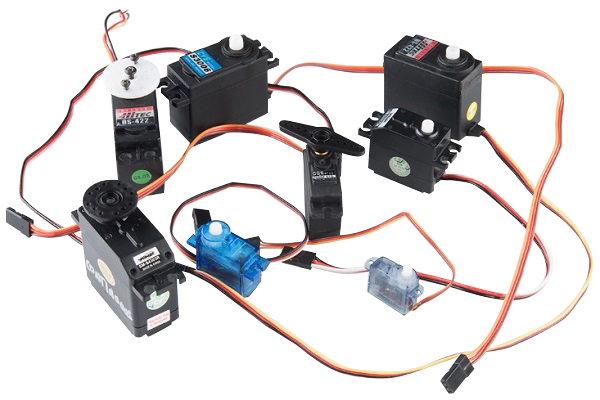 There are some special types of application of electrical motor where rotation of the motor is required for just a certain angle ...
There are some special types of application of electrical motor where rotation of the motor is required for just a certain angle ...
 There are some special types of application of electrical motor where rotation of the motor is required for just a certain angle ...
There are some special types of application of electrical motor where rotation of the motor is required for just a certain angle ...What are the Basics of Servo Drive?
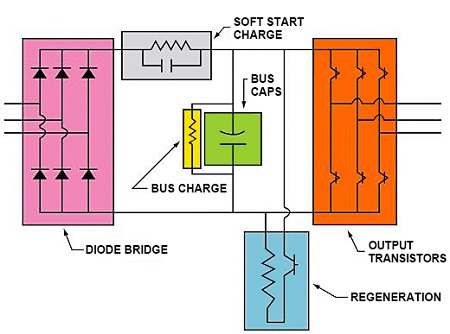 Servo motors come in so many types and flavors that it is difficult to define them in a way that is accurate and universally ...
Servo motors come in so many types and flavors that it is difficult to define them in a way that is accurate and universally ...
 Servo motors come in so many types and flavors that it is difficult to define them in a way that is accurate and universally ...
Servo motors come in so many types and flavors that it is difficult to define them in a way that is accurate and universally ...Why Use Servo Motor as Test Load?
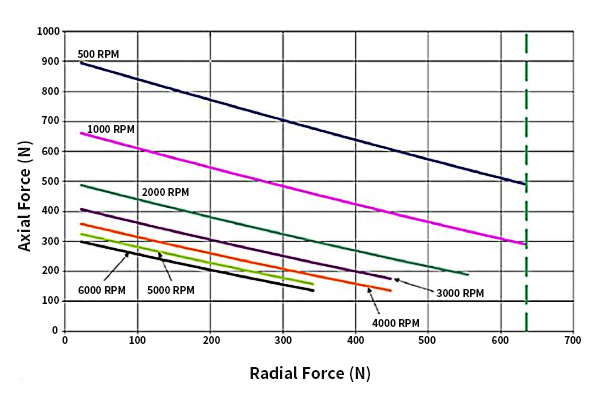 Dynamometer is mainly divided into two parts: cabinet and frame, while the frame mainly has the motor under test, torque speed ...
Dynamometer is mainly divided into two parts: cabinet and frame, while the frame mainly has the motor under test, torque speed ...
 Dynamometer is mainly divided into two parts: cabinet and frame, while the frame mainly has the motor under test, torque speed ...
Dynamometer is mainly divided into two parts: cabinet and frame, while the frame mainly has the motor under test, torque speed ...What Should Consider Before Using ...
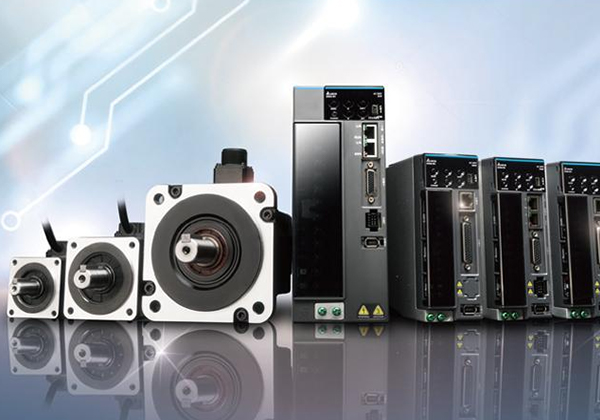 Servo system is a commonly used control system, widely used in industrial automation. It compares the output signal with the ...
Servo system is a commonly used control system, widely used in industrial automation. It compares the output signal with the ...
 Servo system is a commonly used control system, widely used in industrial automation. It compares the output signal with the ...
Servo system is a commonly used control system, widely used in industrial automation. It compares the output signal with the ...Servo Motor in Food Industry
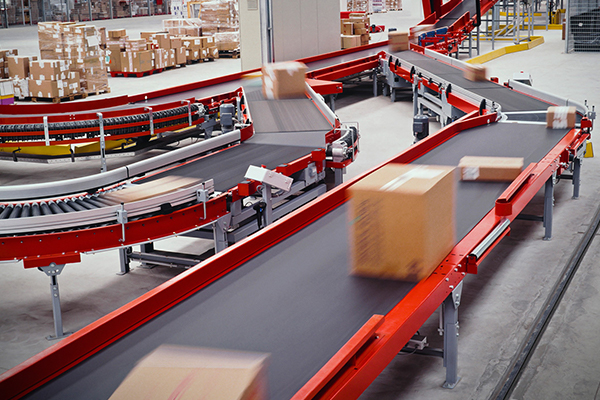 In the ever-evolving landscape of the food industry, technological advancements play a pivotal role in enhancing efficiency, ...
In the ever-evolving landscape of the food industry, technological advancements play a pivotal role in enhancing efficiency, ...
 In the ever-evolving landscape of the food industry, technological advancements play a pivotal role in enhancing efficiency, ...
In the ever-evolving landscape of the food industry, technological advancements play a pivotal role in enhancing efficiency, ...